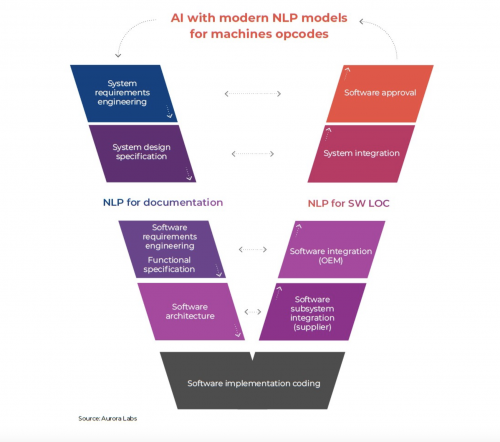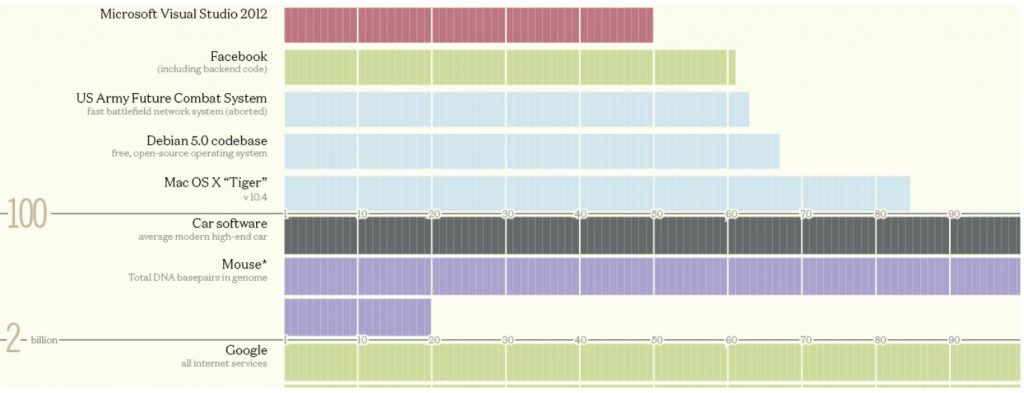What will AI want to be when it grows up?
As the world advances in the age of artificial intelligence – particularly generative AI – it might feel as if there are androids among us. Artificial intelligence that can generate words and pictures, understand and respond to conversations, and perform tasks is a crowning achievement. At least it feels that way now, only time will tell where things will go next.
When we were children, we were always asked: “What do you want to be when you grow up?” There was always a wide range of answers – one wanted to be a veterinarian, the other an astronaut, and so on. But if we could ask AI this question, what would it say?
Perhaps one of the most iconic AI characters is Lt. Commander Data (played by Brent Spiner), from the TV series Star Trek: The Next Generation. In it, Mr. Data helps with calculations and problem-solving, all with the speed and accuracy of an android. What often lets him down, however, is that he’s unable to understand and master human emotions. While his perception and access to information are all huge strengths, Data wants something incredibly human.
AI in Automotive Today
Today, artificial intelligence is one of the hottest topics in the world and it’s giving us an idea of what AI might want to be when it grows us. The automotive industry is embracing this technology in everything from its production line to vehicle software. It starts with the adaptation of in-car systems, such as ChatGPT by VW, Tesla’s AI-powered Autopilot, or the MBUX infotainment by Mercedes. There’s no doubt that, in time, it will advance further into our vehicles and to more safety-critical elements, as well as into human-car interaction, route-planning, and more that, right now, we can only dream of.
Here are some of the areas AI is already being used in the industry:
- Production line:
- Robots that build vehicles and are able to detect defective materials
- Parts warehouse management robots that AI in use sensing and routing
- Accident prevention:
- In-cabin driver awareness - falling asleep, DUI, distractions off-road
- Pattern learning of dangerous driver behavior
- Obstacle identification
- Adaptation of car limitations according to weather conditions
- Maintenance:
- Preventing car breakdown on-road by learning symptoms in advance.
- Car smart usage - reduce wear and tear.
- Fleets:
- Learning and plotting optimized distribution routes
- Detecting and identifying defects for car rental companies
In addition, here are three AI-driven areas of specific interest to me:
Autonomous Vehicles
You don’t get very far in a conversation about AI in automotive without touching on autonomous vehicles.
There are five levels of automation with level one vehicles being able to handle single tasks such as automatic braking while level five is fully autonomous capabilities without the need for driver presence.
Today we are at level 2 with advanced driver assist systems (ADAS) providing accident prevention capabilities such as forward collision warning (FCW), lane-keep assist, adaptive cruise control, and more. This enables independence but still needs to be monitored by the driver.
To achieve this, the vehicle needs to “see” the world outside and understand it. It does this through cameras, LiDar, radar, IR sensors, and more. With all this information, the vehicle can make small decisions such as keeping the car in the lane if it drifts out of the white lines.
As well as good hardware, this is only possible with the right software to accompany it, otherwise the vehicle won’t know what to do with the information the sensors and cameras are feeding it.
The world is aspiring to get to a point where all vehicles are fully autonomous (level five). This would mean all cars talk to one another through Vehicle-to-Vehicle communication (V2V) and the infrastructure around them through Vehicle to Everything (V2X). Once we get to this point, all you’ll need to do is get in a car, tell it where you want to go, and let the AI do the rest.
Vehicle Insurance
What if an insurance company could adjust insurance fees according to the behavior of the driver?
Usage-based insurance looks at your behavior as a driver and adjusts the price accordingly. This means safer drivers will have lower premiums than those considered more at risk. Previously things like black-box insurance have made this possible, but now insurers are exploring AI to facilitate this.
According to McKinsey, 10% to 55% of roles within insurance could be replaced by AI in the next 10 years – particularly underwriting, claims, and finance. In the future, almost all claim and fix processes will be managed by AI, reducing human involvement to the minimum, and maybe even reducing the costs for us consumers.
Just like autonomous vehicles, this requires sophisticated software to be successful. However, as insurance companies are dealing with sensitive data, security is paramount. All the details of a driver need to be aggregated to a server to help teach the AI and inform its outcomes. Disregarding errors and security risks in the software could lead to noncompliance, legal issues, lost revenue, and poor brand reputation.
Predictive Vehicle Maintenance
When a car breaks down, there's nothing to do but fix it – sometimes making the car unusable and maybe even stuck somewhere, something that is extremely expensive for commercial fleet companies. But what if we could know what’s going to become an issue before it breaks? Proper maintenance of a vehicle will always help to keep breakdowns to a minimum but AI can take this to the next level with Predictive Maintenance.
This is especially useful across fleets where keeping track of each individual vehicle can be challenging. AI can study how each vehicle is being used, monitor driver behavior, and begin to learn trends that could contribute to breakdowns. This will ensure fleet managers can minimize downtime while keeping on top of vehicle maintenance.
This technology can also take some of the unknown out of purchasing a second-hand car. With AI, the buyer could validate the health of the vehicle and see if any major breakdowns are around the corner. This can help them make a buying decision and potentially save a huge amount of money when looking for an affordable used vehicle.
In the future, we will see completely automated maintenance where the car will not need to get to the garage at specific times in the life of the vehicle, and the entire BOM (Bill of Material) for the car’s maintenance will be known ahead of time, lowering storage needs and enabling more efficient garage working hours.
Throughout the years, Mr. Data may not have been able to master human emotion but came close to learning to mimic this ability in his own way – or, of course, use a very buggy emotion chip. AI will probably be the same. It might be a good replacement for a lot of human tasks and maybe even perform better in some cases, but there will always be a limit.
During Star Trek: TNG, even with Mr. Data’s great programming, he still was prone to bugs and misuse of his abilities. According to Star Trek, computer bugs and cyber threats are still a real problem in the 24th century, and we have no reason to doubt the logic of the show’s writers. AI has real potential but it has to be used in a way that plays to its strengths.
Aurora Labs has developed an LCLM (Large Code Language Model) that works at the line-of-code (LOC) level at runtime, this enables us to identify deviations and anomalies at a very basic level that can discover not only coding bugs but software functionality misbehavior as well. It can monitor the software in real-time to detect changes in the software’s behavior before these escalate to become critical system errors. Raising a flag before a system fails will not only ensure that the devices continuously learn and improve but could also save lives in devices such as cars or trucks.
While emotions may be a step too far for AI-based devices, self-healing is one form of human nature that I truly believe can be achieved.Find out more about Aurors Labs’ technology here: https://www.auroralabs.com/product-overview/




